In a discovery that could potentially reshape our understanding of the cosmos, NASA scientists have detected anomalous cosmic rays that some theorists speculate might be evidence of parallel universes. The findings, captured by advanced detectors aboard the International Space Station (ISS), have ignited fervent debate among physicists and cosmologists. While the data is still under rigorous analysis, the implications of these observations could challenge fundamental principles of modern physics.
The Anomaly That Defies Convention
For decades, cosmic rays—high-energy particles originating from deep space—have been studied as messengers of the universe's most violent phenomena. However, the recent detections exhibit energy signatures and directional patterns that do not align with known astrophysical sources. Some particles appear to arrive from regions of space where no known galaxies or cosmic events could plausibly produce them. "These rays don’t just bend the rules—they seem to be playing an entirely different game," remarked Dr. Elena Voss, a lead researcher on the project.
What makes these cosmic rays particularly baffling is their apparent "mirroring" effect. A subset of the particles behaves as if they are interacting with an invisible counterpart, a phenomenon that has led a minority of scientists to propose a radical explanation: these particles may have traversed from a parallel universe with inverted physical laws. Though such theories remain speculative, the sheer strangeness of the data has forced even skeptical researchers to reconsider long-held assumptions.
The Multiverse Hypothesis Gains Traction
The notion of parallel universes—often relegated to science fiction—has gained tentative credibility in recent years through developments in quantum mechanics and string theory. If confirmed, the anomalous cosmic rays could provide the first tangible evidence supporting the multiverse hypothesis. Dr. Marcus Wei, a theoretical physicist unaffiliated with the NASA team, cautions against premature conclusions but acknowledges the tantalizing possibilities. "We’re not yet at the point of rewriting textbooks, but if these observations hold up, we may need a new framework to explain them," he said.
Critics argue that alternative explanations, such as undiscovered astrophysical phenomena or instrumental artifacts, are more likely. Yet, the persistence of the anomalous signals across multiple detection cycles has made such dismissals increasingly difficult. "The data has a eerie consistency," noted Dr. Voss. "It’s as if the universe is deliberately leaving us breadcrumbs—but toward what, we can’t yet say."
Technological and Theoretical Challenges Ahead
Verifying whether these cosmic rays indeed originate from a parallel universe would require unprecedented levels of interdisciplinary collaboration. NASA’s team is now working with particle accelerators on Earth to recreate the anomalous energy signatures under controlled conditions. Meanwhile, astrophysicists are scouring telescopic data for any celestial objects that might explain the rays’ origins. The absence of a conventional explanation, however, keeps the parallel universe theory alive.
Public interest in the discovery has surged, fueled by the profound philosophical implications of a multiverse. If other universes exist—each with its own physical constants and perhaps even alternate versions of reality—humanity’s place in the cosmos would assume an entirely new dimension. For now, though, scientists emphasize patience. "Extraordinary claims demand extraordinary evidence," Dr. Wei reiterated. "We’re still in the early stages of gathering that evidence."
The coming years will likely see intensified efforts to probe this cosmic mystery, with planned upgrades to space-based detectors and next-generation particle physics experiments. Whether the anomaly leads to a paradigm shift or fades into obscurity, it underscores a timeless truth: the universe remains far stranger than we can imagine.
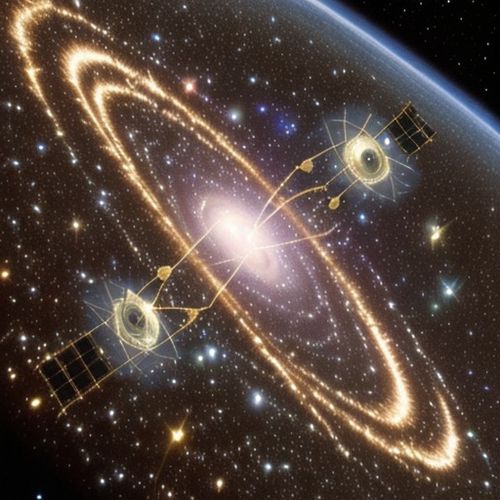
By Emily Johnson/Apr 10, 2025

By John Smith/Apr 10, 2025

By Christopher Harris/Apr 10, 2025
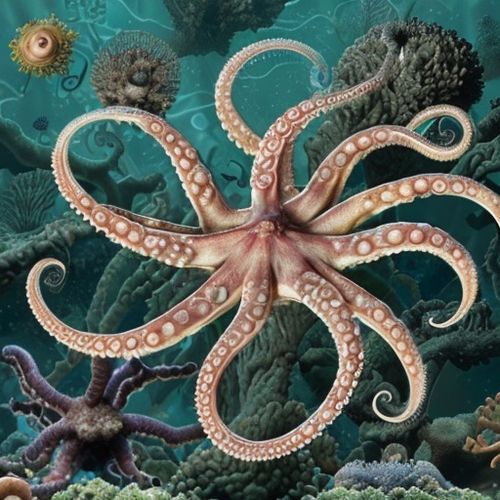
By Noah Bell/Apr 10, 2025
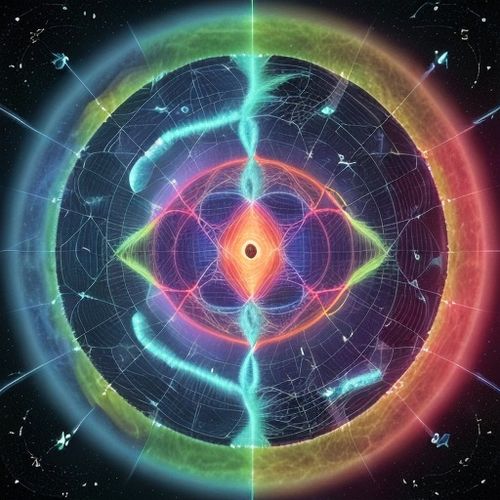
By Rebecca Stewart/Apr 10, 2025
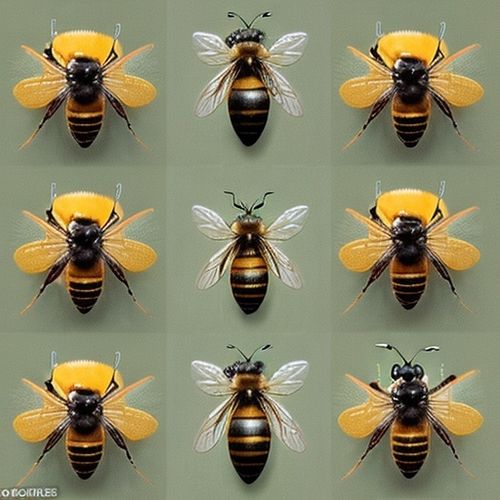
By Victoria Gonzalez/Apr 10, 2025
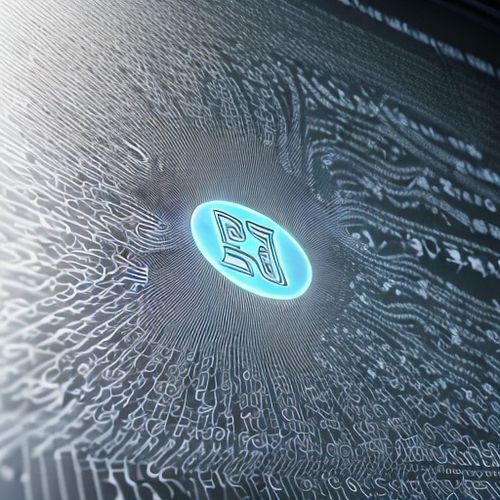
By Amanda Phillips/Apr 10, 2025

By Emma Thompson/Apr 10, 2025
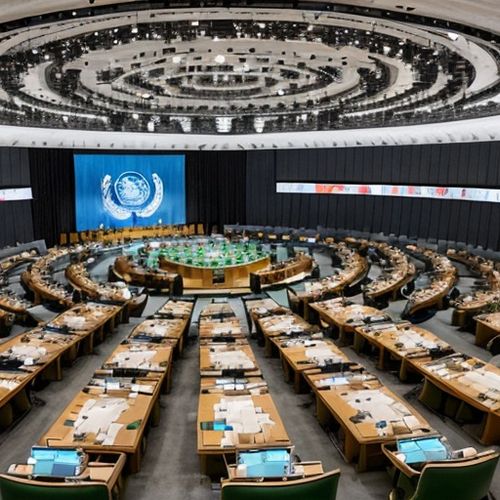
By Lily Simpson/Apr 10, 2025

By Emma Thompson/Apr 10, 2025
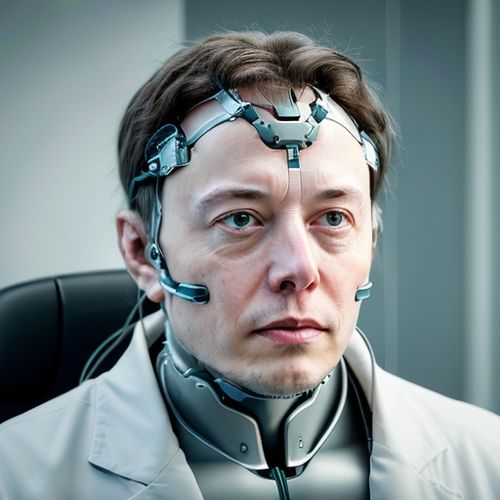
By Sophia Lewis/Apr 10, 2025
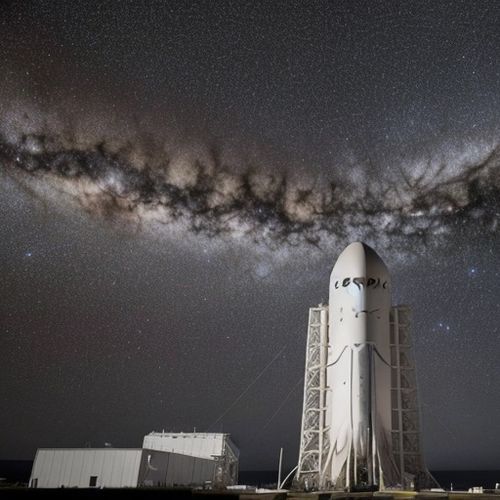
By Rebecca Stewart/Apr 10, 2025
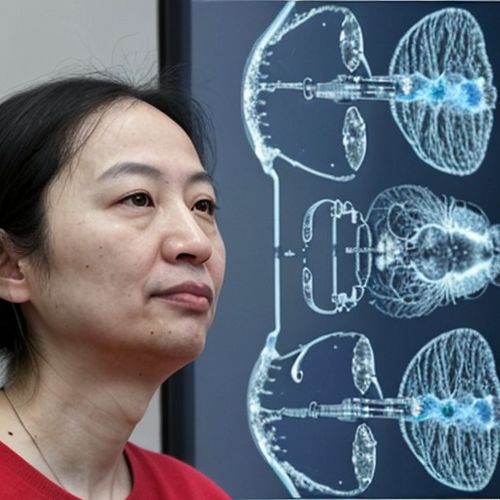
By Noah Bell/Apr 10, 2025
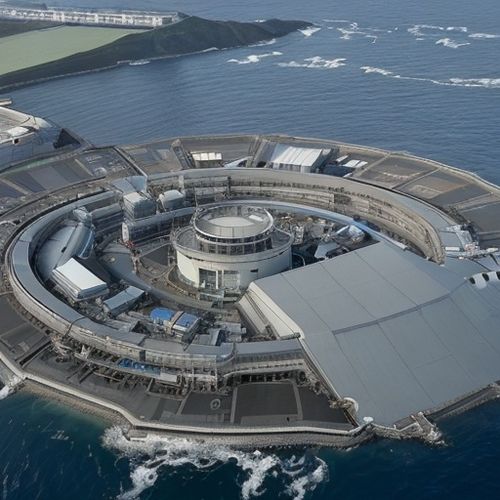
By Sophia Lewis/Apr 10, 2025
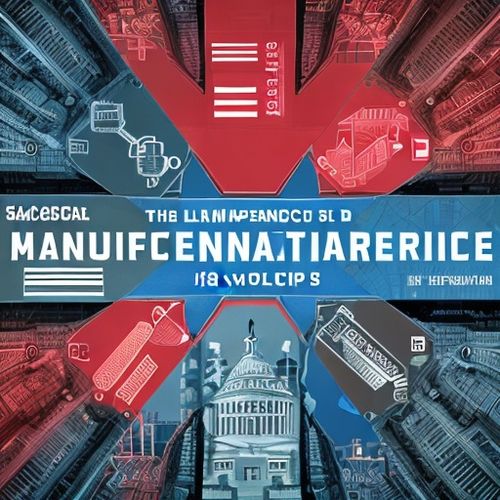
By Christopher Harris/Apr 10, 2025

By Eric Ward/Apr 10, 2025
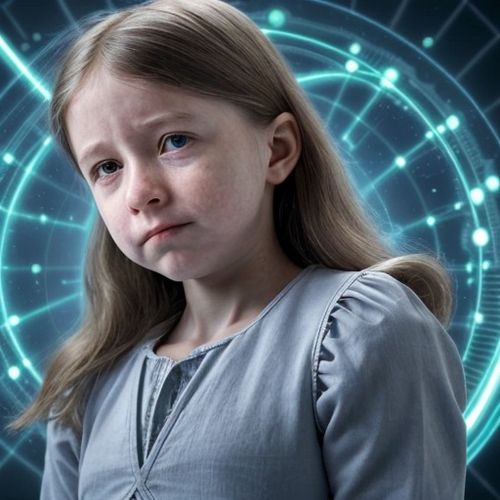
By Daniel Scott/Apr 10, 2025